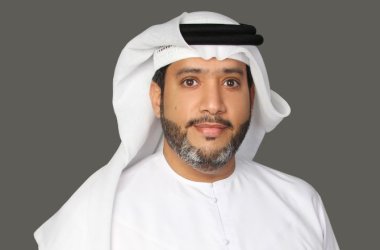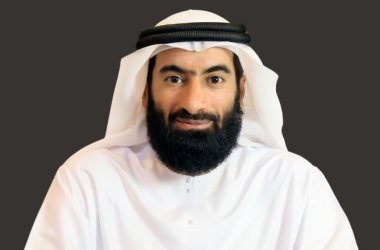During the Westminster terrorist attack in London last year, police officers were using social media sources on their smartphones to receive live updates on the incident’s progress, the ISNR 2018 audience heard today.

Anthony Leather, principal security consultant for Aerospace, Defence and Security at Frost & Sullivan, highlighted how in order for law enforcement agencies to be effective in distributing real time data during these life threatening attacks, technology needed to up its game.
“While emerging technologies in law enforcement are picking up pace, there is still a requirement for basic systems to be in place,” he said. “We are now seeing huge investments in various parts of the world for networks and data services that are purely dedicated to law enforcement communications, and this is vital during such high profile attacks.”
He went on to add that work still needed to be done on technologies such as facial recognition, body worn cameras, and real-time video analytics if they are to mature into efficient forms of data collection for law enforcement agencies.
Leather then discussed the emerging technologies involved in smart city projects across the globe, and pinpointed video surveillance as an area that he believes requires real attention.
“In many cities across the world, the use of video surveillance is not currently where it should be,” he said. “Over a period of 8 months, police recorded 515,000 crimes in London, and only 1.8% of those crimes – equating to around 9,000 – actually included CCTV as part of the crime report. Of the 515,000 crimes, only 84,000 were solved, and just 1,600 were solved based on CCTV as evidence. So while CCTV undoubtedly acts as a deterrent to criminals, these figures demonstrate that it is actually failing to achieve its primary purpose – which is solving crime.”
Leather went on to add that during a recent Frost & Sullivan survey, it was found that the Internet of Things (IoT) and predictive analytics will have the greatest impact on making smart cities safe going forward.
“IoT could be applied in a variety of ways to transform the way law enforcement agencies conduct themselves, for example gun detecting sensors – which are currently being trialled in Chicago,” he said. “Wearable devices are also an option to enable agencies access to data concerning crowd monitoring, and this could have huge benefits to law enforcement entities during a high profile event.”





